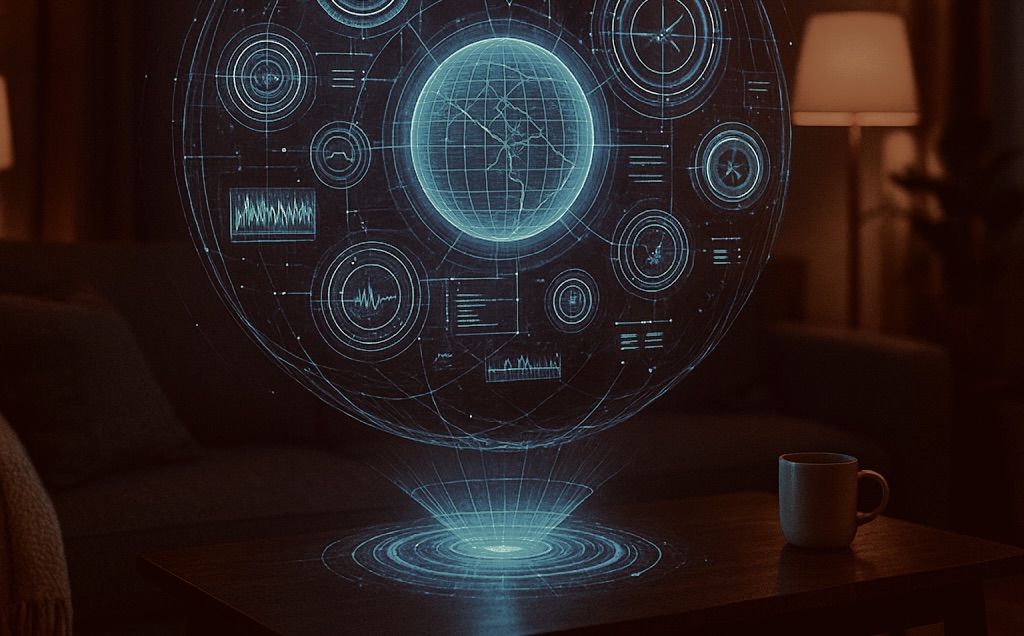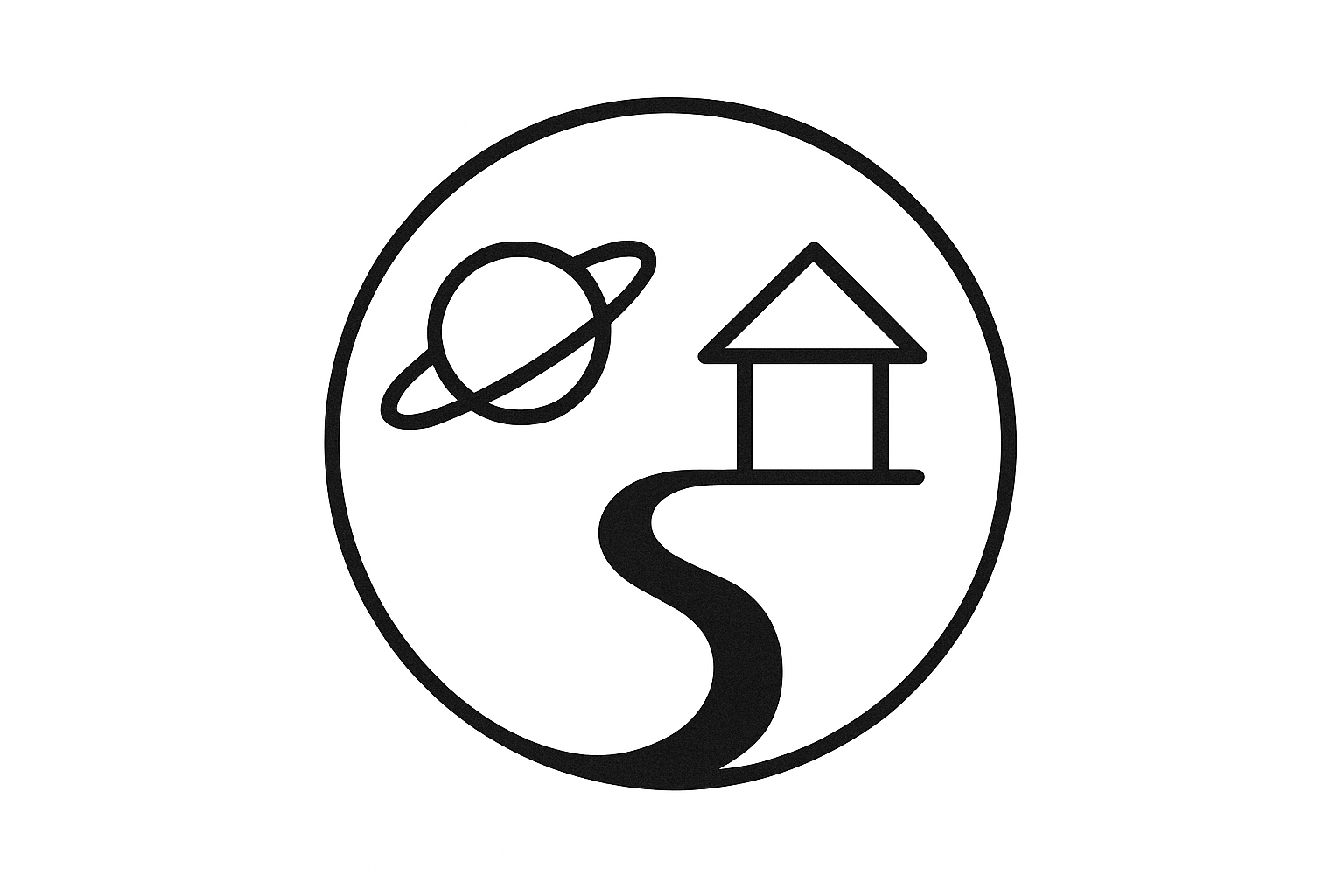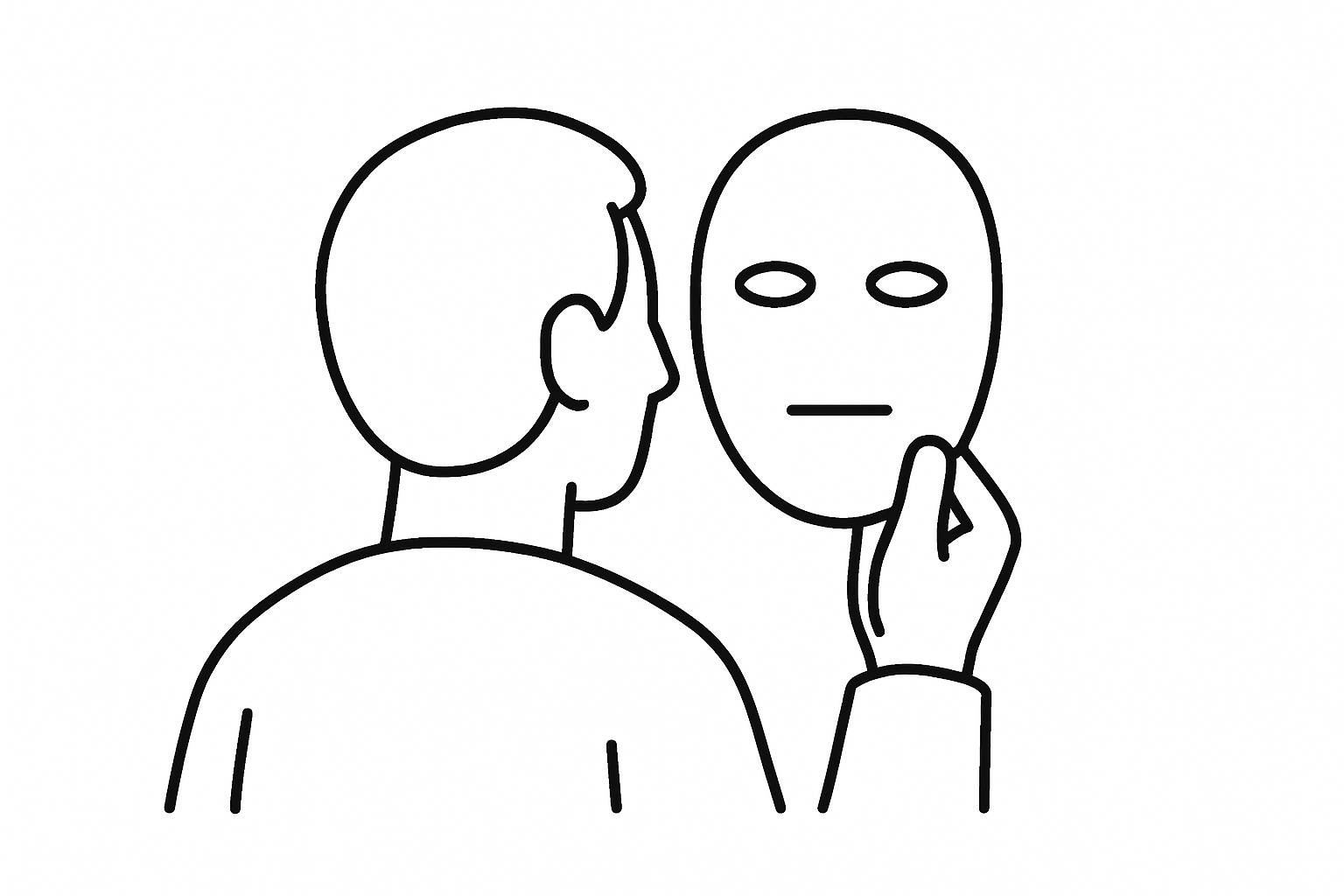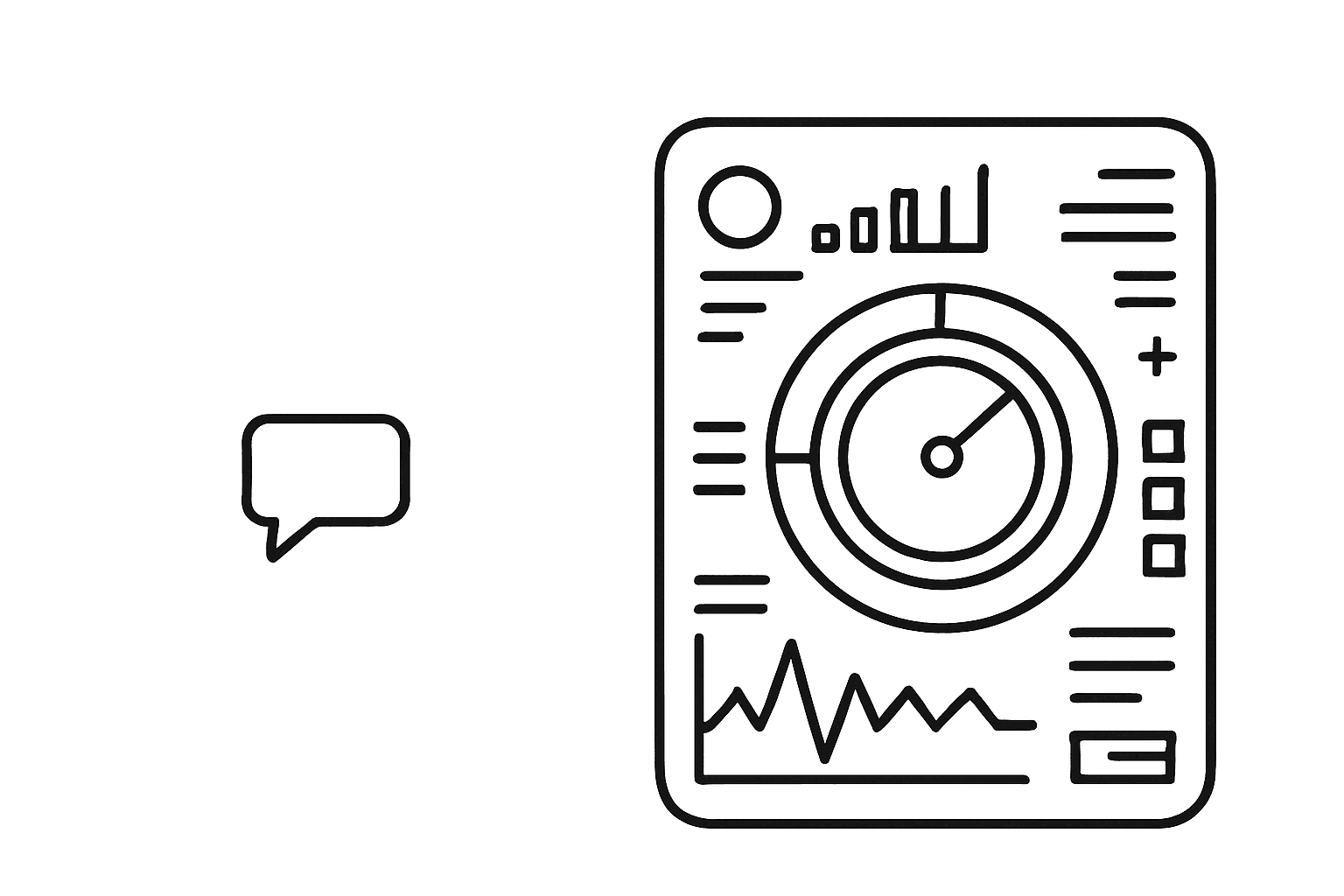There’s a narrative emerging around Apple’s new liquid glass and similar interfaces: that UIs are becoming ephemeral, floating at the periphery, appearing only when needed and fading away when done. It’s a compelling vision of unobtrusive design. But it misses the deeper shift.
It’s not the UI that’s becoming ephemeral. It’s the software itself.
Beyond Interface Design
The focus on ephemeral interfaces—glass panels that fade in and out, context-aware overlays that materialize at the right moment—treats the problem as one of presentation. Make the UI less intrusive, more elegant, more responsive to context, and you’ve solved the problem of software’s constant presence in our lives.
But the software underneath remains. The application still exists, with its code, its dependencies, its update cycles, its presence on your device or in the cloud. We’ve simply made it quieter.
Software as Manifestation
What AI enables is something fundamentally different: software that manifests when needed and ceases to exist when purpose is served.
Not hidden behind a subtle interface. Not sleeping in the background. But actually not there until the moment you need it, then dissolved once the need passes.
This is code as pure means to an end. No installation. No maintenance. No presence outside the context of immediate purpose. You don’t think about “the software” or “the app”—you think about what you’re trying to do, and the necessary computation simply happens.
The Shift in Focus
Traditional software demands attention. Even with the most refined UI, you’re aware of the application, its capabilities, its limitations, where it lives, when it was last updated. The software has identity and persistence.
Ephemeral software has none of that. It exists only in service of immediate purpose. The code that handles your request might be generated on the spot, executed once, and discarded. The “application” is just a pattern of computation that appeared, did its work, and dissolved.
This changes what software is. Not a thing you acquire and maintain, but a capability that materializes when invoked.
Living at the Edge of Purpose
Apple’s liquid glass and other peripheral interfaces are moving in the right direction—reducing the cognitive burden of constant interaction with software. But they’re still designing containers for persistent applications.
The next step is software without containers. Without the assumption of persistence. Code that forms when you have a purpose and dissolves when that purpose is complete.
This doesn’t mean software vanishes entirely—the infrastructure, the models, the systems that enable this manifestation all exist. But from the user’s perspective, there’s no software to manage. Only purpose, and the means to fulfill it.
A Different Kind of Transparency
Transparent UI design tries to minimize the interface between you and your intent. Ephemeral software takes this further—interfaces still exist, but they’re no longer rigid, persistent things. They manifest as part of the ephemeral software itself, appearing only to the degree necessary for the task at hand.
The focus shifts entirely away from the software itself—its design, its features, its presence—toward the outcomes it enables. Code becomes truly invisible, not through clever design but through fundamental impermanence. And interfaces become fluid, forming only when purpose demands and dissolving once that purpose is served.
No Longer Science Fiction

Watch any science fiction film and you’ll see interfaces that seem absurd by today’s standards. Characters speak their intent and intelligence simply does their bidding. Systems understand context without explicit instruction. Capability materializes exactly when needed, in exactly the form required, then vanishes. No applications to open, no software to maintain, no visible machinery between thought and execution.
We’ve always dismissed this as fantasy—divorced from the practical reality of how software actually works. The messy truth of dependencies, installations, updates, compatibility, persistence.
But that gap is closing. What looked like magical thinking is becoming a tangible near-term future.
The intelligence exists. The infrastructure exists. The capability to generate, execute, and dissolve code on demand exists. What remains is the transition from thinking about software as something we build, install, and maintain, to software as something that simply happens when purpose demands it.
The science fiction version isn’t about better interfaces. It’s about the absence of software as a distinct concept. Just intelligence that manifests capability in service of intent. That future is no longer fiction. It’s the logical endpoint of what we’re building right now.


